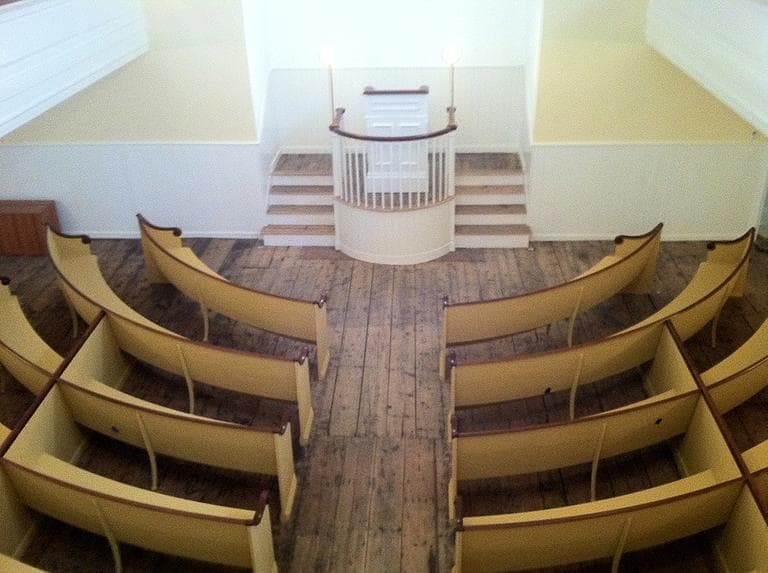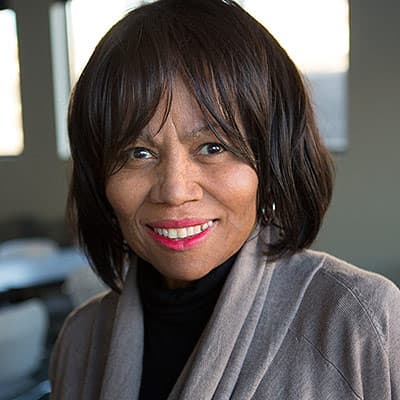Advertisement
Oldest Standing Black Church Reopens In Boston
Resume
BOSTON — The African Meeting House, the oldest standing black church in America, reopens to the public Friday for the first time in six years.
The three-story brick building is tucked in an alley off Joy Street on the north slope of Beacon Hill. That's where Boston's free black population came together in the 18th century, and where they formed the "Bucks of America" in the 1770s to defend Boston during the American Revolution.
Built in 1806, the African Meeting House is a brick and mortar, as well as a cultural and historical, reminder of the black presence in America and the rough road to freedom for some of its early patriots.
A musical tribute by Sweet Honey in the Rock during a private re-dedication ceremony this week captured the essence of the building's powerful place in history. It's a difficult but rich history that is little told: slavery and the self-emancipation of black people who organized on behalf of brothers and sisters who were still enslaved. The building is a vivid reminder of a black history in America that is as old as America itself.
"It's always been a special place to me," said Beverly Morgan Welch, the executive director of the Museum of African American History and owner of the historic meeting house.
"I've never not felt the power of the history, and the perseverance and the struggle and the sacrifice and the brilliance, and the ideas that lived in this place — this space meant many things."
The African Meeting House served as a gathering place for the abolitionist movement. It was where the escaped slave Frederick Douglass, the famed orator, spoke out against slavery along with the founder of the Massachusetts Anti-Slavery Society, William Lloyd Garrison.
"In the age of slavery, people of faith, those who joined this church, believed strongly that after worshiping God the next most holy cause they must embrace was the abolition of slavery. It's no accident that this church was instrumental to abolitionist enterprise," said Lois Brown, co-curator and exhibition scholar at the museum.
It's also where the all-black 54th and 55th Regiments and the 5th Cavalry Regiment were recruited to fight for the Union in the Civil War.
The 5,300-square-foot interior has been meticulously restored to look like it did in 1855, the oldest appearance that can be documented.
Of the pews that now fill the sanctuary, two are original. The others are replicas, though slightly larger to accommodate today's larger body size.
Welch points out the floors are original.
"They actually come from Old West Church, these are the floors of the American Revolution and these are the floors of the abolitionist movement. When we say Frederick Douglass walked here, he actually walked here. We have done nothing but clean these floors."
Now that it's fully restored, Boston Mayor Thomas Menino said the African Meeting House is once again truly a "beacon on the hill" and "that it takes its proper place beside the Old North Church, the Old South Meeting House, Paul Revere's House, the Old State House."
All national historic landmarks that define the City of Boston and the nation.
This program aired on December 9, 2011.
